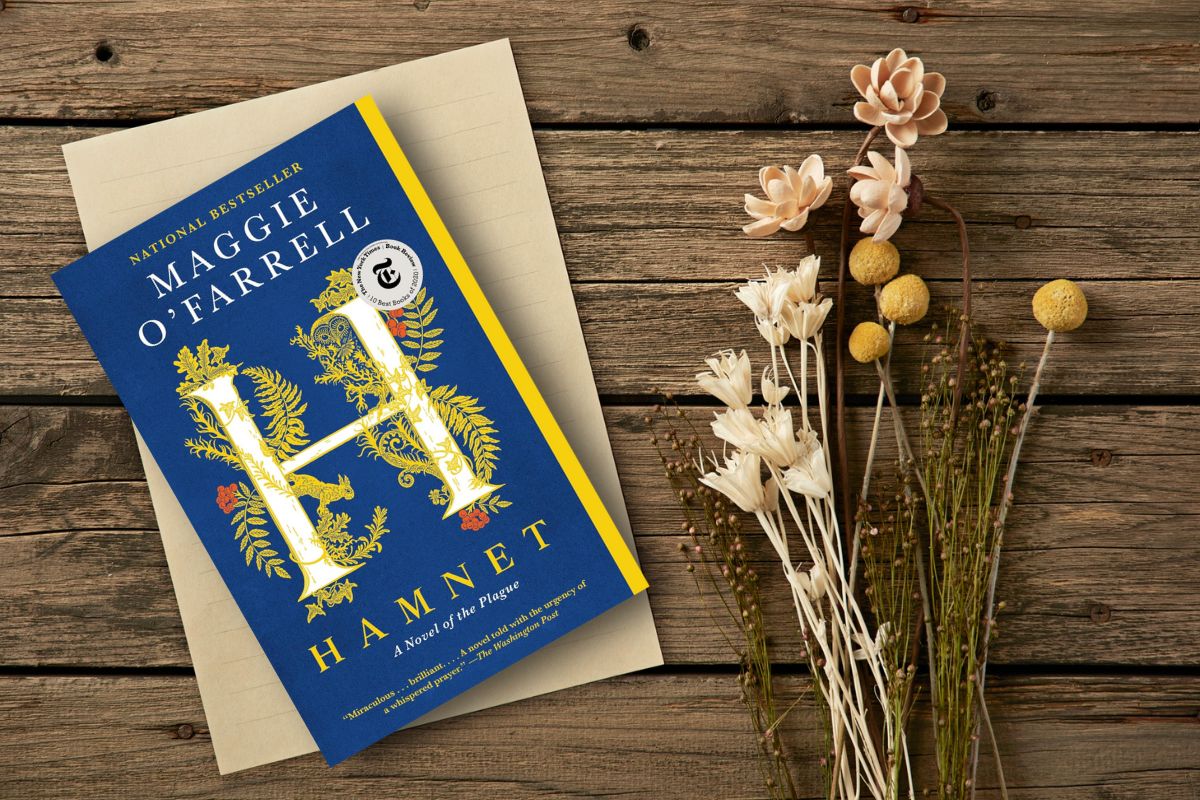Today’s guest post comes from Martina Reaves, the author of I’m Still Here: A Memoir (available now). Read more about what inspired her to write her debut book.
I wasn’t planning to write about a terminal diagnosis. I wanted to write short stories and a memoir about two lesbians with a child in the 1980s, when there were hardly any families like ours around. That’s what I was doing.
But then a terminal diagnosis knocked me upside the head, and I had to pay attention. Actually, what happened is that I’d been fighting tongue cancer for a year already: three surgeries and six-weeks of radiation. When the cancer came back for the third time, the surgeon told me to go get chemotherapy. This was surgeon code for, “You’re dying.” Because, as I knew, chemo does not cure tongue cancer. But to be sure, I asked, “Are you telling me I’m dying?”
“You’ve probably got double-digits of months left,” he said as he walked out of the examining room.
So I wrote about living life while a terminal diagnosis tried to hijack everything: my mind, my family, my socializing, my time, my career.
There wasn’t a handbook that I could find on how to live life under these circumstances. And there wasn’t a handbook about how to write about life under these circumstances, either.
I just did what I always did. I lived life. I went to the doctor. I sat down with my computer and wrote about what felt true to me. About the wonderful things going on––about my on-going life, not my impending death. Spring still came that year; birds nested in the backyard; tulips bloomed; the baths in Calistoga were soothing to my chemo-ravaged body; intimate connection with friends and family felt delicious.
I wrote about the dreadful aspects, too. About my thoughts and observations. About my fears. About my body withering away, eventually by sixty pounds.
Story after story poured out of me as I dragged my weary body to writing class after writing class.
When it was suggested that I contribute something called “Writing About a Terminal Diagnosis,” I balked. I felt I had nothing special to say. The truth is that writing about a terminal diagnosis is just like writing about anything else. The same do’s and don’ts apply: Tell the truth. Write scenes. Include dialogue. Add sensory details. Describe the setting. Situate your reader. Explore your inner thoughts. Show, don’t tell. It’s no different from any other writing, although the subject matter is more intense.
I wanted to show that I was not just a person who was supposedly dying. I was a person who was living––often, quite well––while grappling simultaneously with a terminal diagnosis. Although there are plenty of us who survive so-called terminal diagnoses, there are not many who write about it. I wanted to convey the experience of walking the tightrope between life and death and not just giving in to the inevitable end. The experience of maintaining hope while preparing to die.
When I slowly, slowly got the miracle of my cancer disappearing, I wrote about that, too. About the aftermath of the odyssey. I just kept telling the truth, that it wasn’t all euphoria (which everyone, including myself, expected). That it was hard work, learning how to live again. How unexpected the difficulty of the aftermath was.
It’s now almost 11 years since my last chemo treatment. I’m fine. I’m still writing and trying to tell the truth with vivid imagery, dialogue, scenes, descriptive setting––the same rules still apply.














Leave A Comment